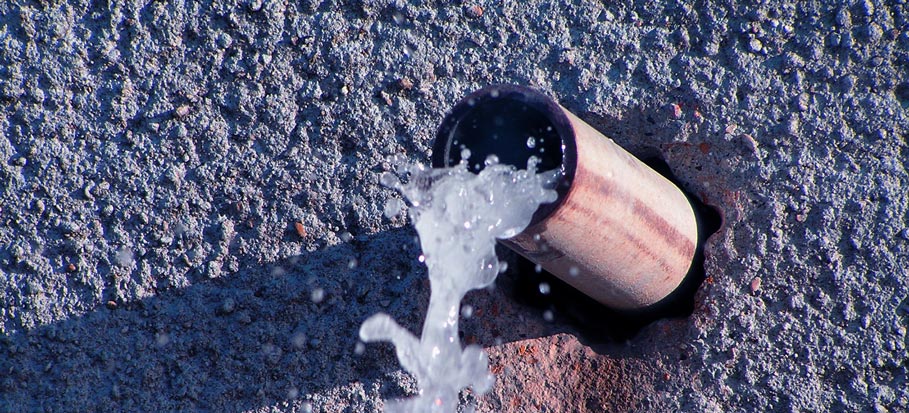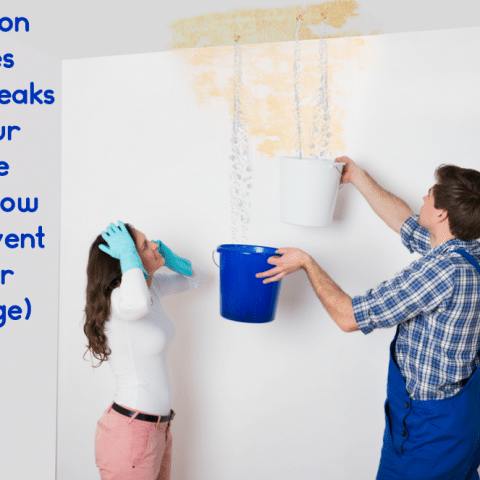We have noticed this article pertaining to Detecting hidden plumbing leaks directly below on the web and decided it made sense to discuss it with you in this article.

Early detection of leaking water lines can mitigate a possible calamity. Some tiny water leakages may not be visible.
1. Check Out the Water Meter
Every home has a water meter. Examining it is a guaranteed way that aids you discover leakages. For starters, shut off all the water resources. Guarantee no person will purge, make use of the faucet, shower, run the washing equipment or dishwashing machine. From there, go to the meter as well as watch if it will certainly alter. Since nobody is utilizing it, there need to be no motions. That suggests a fast-moving leak if it relocates. Furthermore, if you spot no changes, wait a hr or 2 and check back once again. This implies you may have a slow leak that might also be below ground.
2. Examine Water Usage
If you spot unexpected adjustments, in spite of your intake being the exact same, it indicates that you have leakages in your plumbing system. An unexpected spike in your expense shows a fast-moving leakage.
Meanwhile, a consistent boost each month, despite the exact same routines, shows you have a sluggish leak that's also slowly escalating. Call a plumber to thoroughly examine your residential or commercial property, especially if you really feel a cozy area on your flooring with piping beneath.
3. Do a Food Coloring Examination
When it involves water intake, 30% originates from toilets. Examination to see if they are running effectively. Decrease flecks of food color in the storage tank and also wait 10 minutes. If the shade somehow infiltrates your dish during that time without flushing, there's a leak between the storage tank and also bowl.
4. Asses Outside Lines
Don't fail to remember to inspect your exterior water lines also. Ought to water leak out of the connection, you have a loose rubber gasket. One tiny leak can waste lots of water as well as surge your water bill.
5. Examine and Analyze the Scenario
House owners ought to make it a practice to examine under the sink counters as well as even inside closets for any type of bad odor or mold development. These two warnings indicate a leakage so timely attention is required. Doing regular assessments, even bi-annually, can conserve you from a significant issue.
Check for discolorations as well as compromising as many home appliances as well as pipes have a life expectations. If you think leaking water lines in your plumbing system, don't wait for it to rise.
Early detection of leaking water lines can mitigate a prospective disaster. Some small water leakages might not be visible. Inspecting it is a surefire way that aids you discover leaks. One small leak can throw away loads of water and increase your water expense.
If you suspect dripping water lines in your plumbing system, do not wait for it to intensify.
How to Know If Your Home Has a Hidden Leak
Water Meter Reveals Inexplicable Water Usage
If you’d like to test whether or not there’s a leak somewhere in your home, you can do this using your water meter. Here is how to conduct the test:
Don’t use any water in your home for at least 30 minutes; this also means not turning on faucets or water-using appliances.
Go outside, and check your water meter for activity.
If your water meter shows that there was activity, even though no one was using any water, this proves that there is a leak in your home.Visible Mold or Mildew Growth
Leaks behind walls create moist, dark environments that allow mold and mildew to grow and thrive. Eventually, you might see mold growth forming on the wall closest to a hidden leak.
If mold is growing in an area that receives a high amount of moisture, such as a bathroom, it may simply be an indication that better ventilation is needed. However, if you see mold growth on a wall or the ceiling in an area where you would not expect, you probably have a hidden leak.
Musty, Mildew Odor
Sometimes you might not be able to see the mold or mildew that is growing as a result of a leak. However, the smell can give the problem away just as easily. If you catch a whiff of something musty, there’s a good chance that old water is collecting somewhere in your home that you can’t see.
Stained/Warped Walls, Ceilings, or Floors
When your home soaks up water, a variety of red flags can become visible, including ceiling stains, bubbling drywall, warped walls, and sagging floors. While these issues can be caused by excess humidity, they can also be signs that a pipe or plumbing connection has started leaking behind your walls.
Inexplicably High Water Bill
After a while, you get a general sense for what your water bill should be. If you own a pool or sprinkler system, your bill will tend to be higher during summer. However, if you receive a water bill that seems especially high, and you can’t figure out what caused it, then you may have a hidden leak somewhere that’s increasing your bill.
https://www.plumbingjoint.com/blog/2019/july/how-to-know-if-your-home-has-a-hidden-leak/

I came across that entry on Finding hidden leaks when surfing around the search engines. So long as you enjoyed reading our article if you please don't forget to share it. Thanks for your time. Please stop by our website back soon.